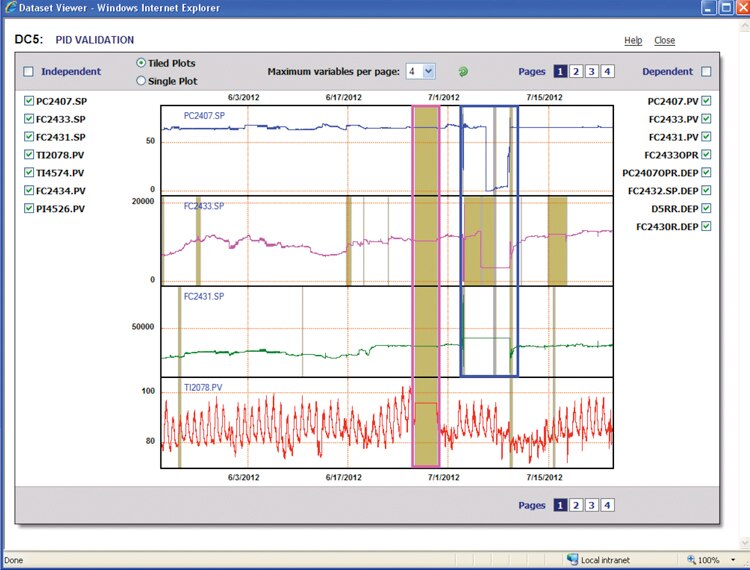

And the second one is Coco, developed by Jasper von Baten. The first one is DWSim, developed by Daniel Wagner. If you do not have a commercial process simulation software to practice I will give you two options. Remember that Our grandpa did not have computers and software to do plant design. I am not saying that is easy to program this, I am just saying the way it works, and it is the same way you would do the calculation by hand. They need to have a consistent thermodynamic package and a reliable set of equations. SOFTWARE STRUCTUREĪlthough each company has its own design and interface, and some specific features focused in particular demand, the truth is that all process simulation uses the same principals to do chemical process engineering calculation. Because of that, you save time in the development of engineering documents like process datasheets for instruments, equipment and so on. However they are very important in the plant design world because, if well understood and correctly used, they save a lot of time in the calculation of heat and material balance. In summary, commercial process simulation software is expensive (can cost more than 20,000 Usd/year) and with restrictive access as mentioned above. I don´t want to know about your cracked installation. Yes, I am considering only legal ways to have access to process simulation software. Most often, you need to go to Universities Labs, learn on the job (if your employer gives this chance to you) or spend some hundred dollars in training to get familiar with the process software.


In a poll I did in my Telegram Channel INPROCESS, 88% of people asked for more content about this software.ĭifferent than Autodesk, find a commercial process simulation software for training is not an easy task. I do not have the numbers, but Aspen Hysys is probably the most known process simulation software for chemical engineering. You can have a process simulation software to practice process and plant design.


 0 kommentar(er)
0 kommentar(er)
